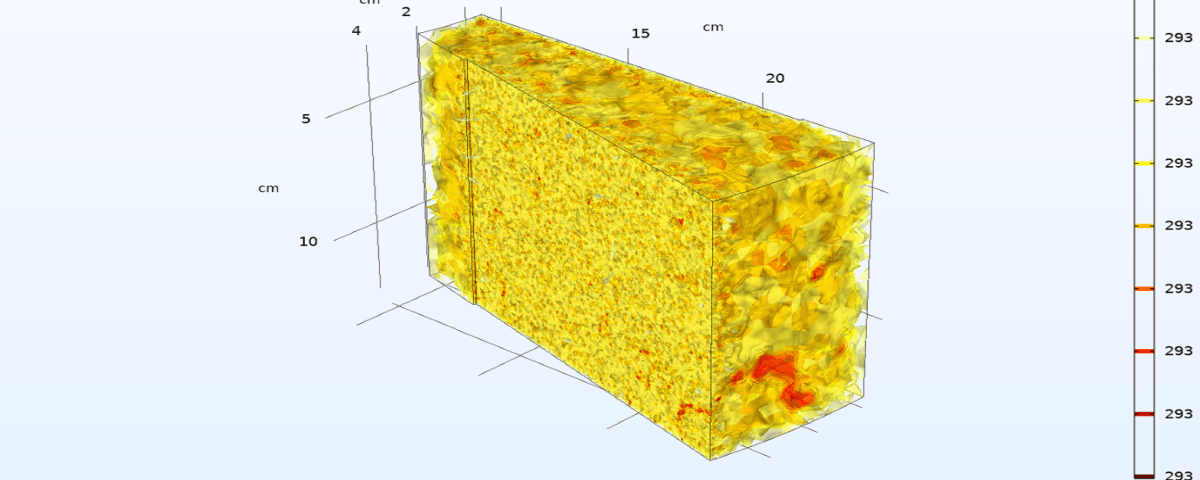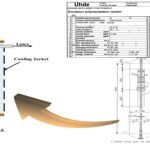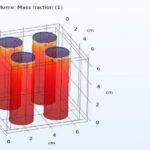Introduction
During the last decades, the optimal use of available energy has attracted a lot of attention. A lot of research has been done to suggest the most beneficial methods in this field. Latent heat thermal energy storage systems (LHTES) have been considered as an alternative approach to increase energy efficiency using technologies. The main concept of these systems is based on their potential to store thermal energy and release it when needed. The main issue with these systems is based on their thermal conductivity.
In fact, most phase change materials lack good thermal conductivity. Various strategies to improve the thermal conductivity of LHTES systems have been proposed by researchers. which includes the use of porous media, the inclusion of nanoparticles, the use of cascade phase transfer materials, and finally the use of metal blades. Among the various proposed techniques, fins have attracted much attention due to their simple fabrication methods, low cost, and good thermal performance.
Description of The Process
In the present project, the effect of different shapes of rectangular fins on the melting performance of a vertical chamber filled with phase change material (PCM) was investigated. Three separate fins were used instead of a single fin.
The heat transfer level was kept constant. The effect of the location of the fins as well as the effect of the length of the fins and the distance between the fins were considered as variable parameters. First, the placement of the fins in the lower half and upper half was examined. In the second step, the effect of fin length was investigated.
Finally, the effect of the vertical distance of the fins was evaluated. The results showed that the optimal melting efficiency was achieved when two of the three fins were placed in the lower half. Through the first phase, case one provided the best performance, providing up to a 23% improvement in overall melting time. In the second phase, Case 10 performed best, providing a 30% improvement in melting time. In the third stage, item 13 had the best melting performance. The length of the lower and upper fins was 40.5 and 10 mm. It is worth noting that sample 13 saves 39% of the melting process time compared to the base sample.
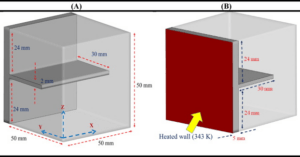
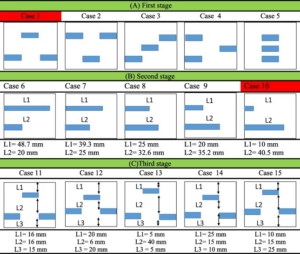
Conclusion
The chamber was simulated in three dimensions, the dimensions of which were 50 mm x 50 mm x 50 mm. One of the walls of the heated area had a constant temperature of 343 Kelvin. Other walls were considered as adiabatic walls.
The effect of the location of the fins as well as the effect of the length of the fins and the distance between two groups of fins were evaluated. For the first step, placing the fins in the lower half and the upper half was selected as a variable parameter. In the second stage, the effect of the length of the fins and in the third stage, the effect of the vertical distance of the fins was evaluated.
3D Simulation of Fin Arrangement on PCM Melting Performance
In this project, the 3D simulation of the arrangement of the fins on the melting performance of the vertical PCM chamber is modeled in Comsol software.
